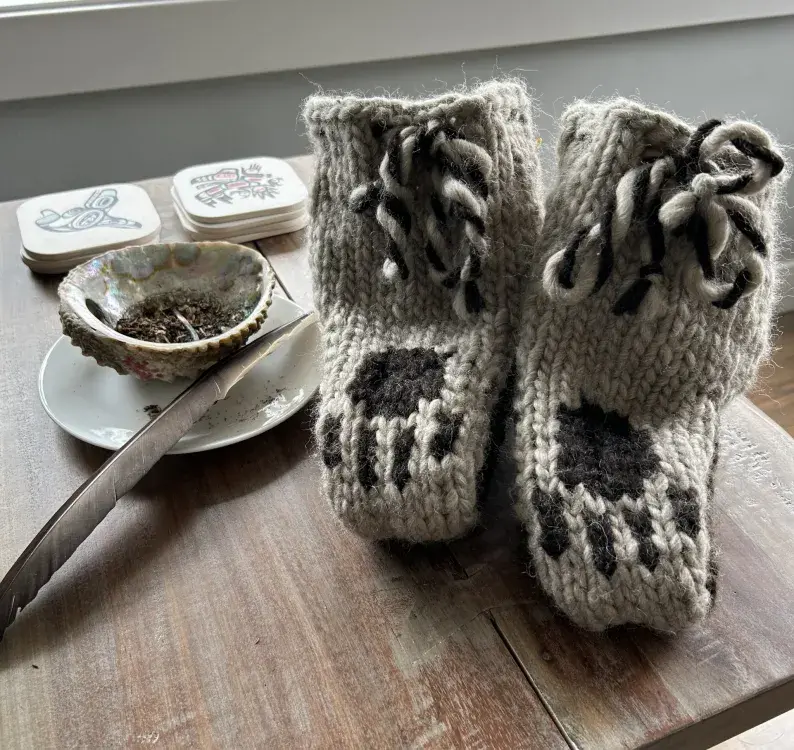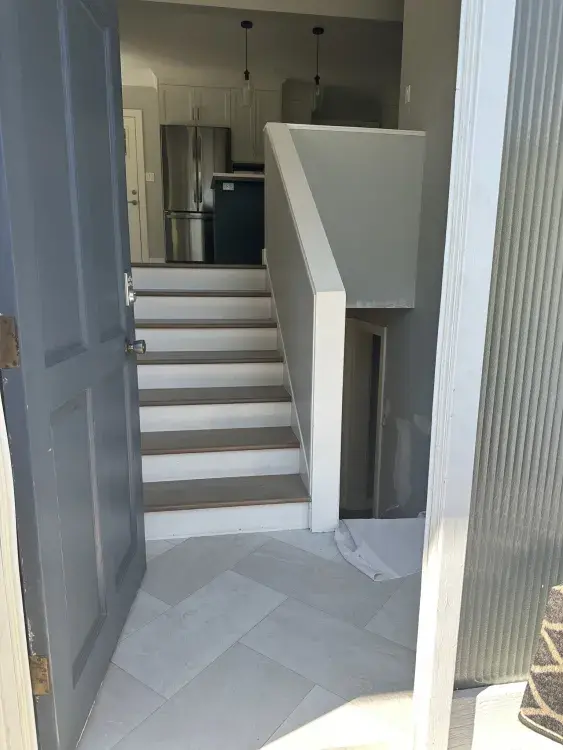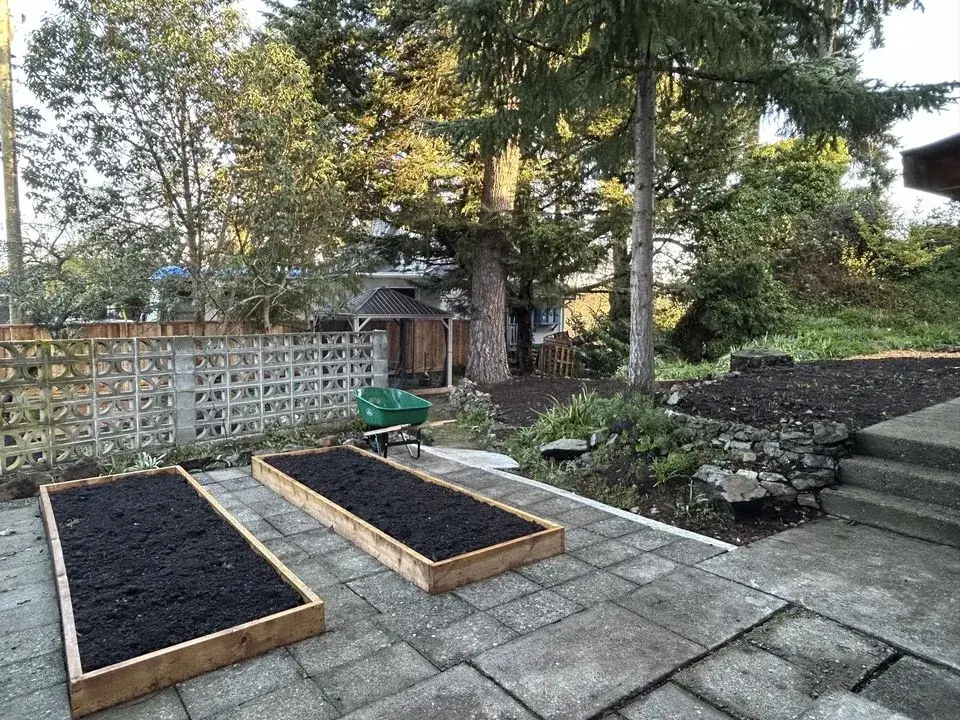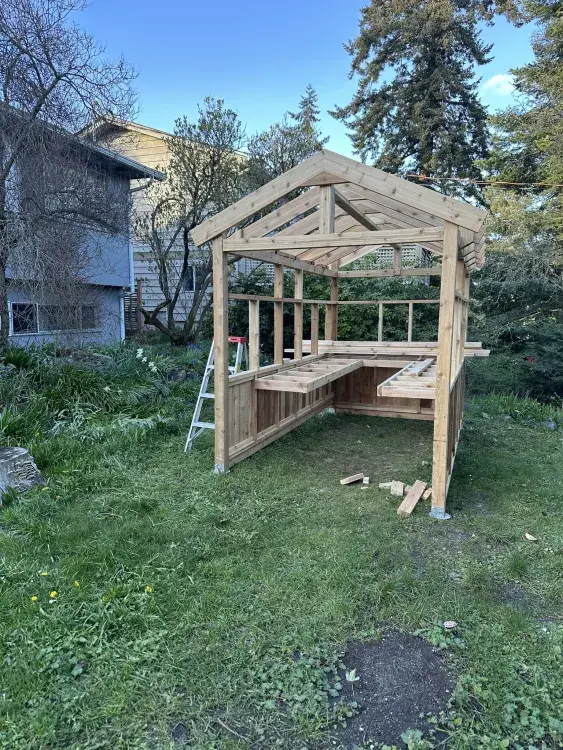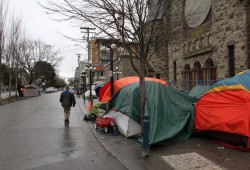In March the Victoria region opened its first culturally supportive housing for Indigenous youth aged 12 to 19. Operated by Aboriginal Coalition to End Homelessness (ACEH), the program is designed to connect youth to their culture and build skills that support their transition as they age out of care.
For several years ACEH has been providing services to the Indigenous population in Victoria’s downtown, said Julia O’Quinn, director of community programming for the organization.
“During that time, we've seen so many of our young ones, First Nations, Inuit, Métis youth, aging out of care at the age of 19, without any support,” said O’Quinn. “Oftentimes in the first one or two years of aging out of care, [they] will end up unhoused.”
According to the 2023 Greater Victoria Point-in-Time Survey, 33 per cent of the 1,665 unhoused people surveyed identified as Indigenous. Sixty-one per cent of these Indigenous people first experienced homelessness in their youth, and 49 per cent had experiences in the foster care system.
Of the overall survey, 17 per cent of those who were in foster care experienced homelessness within a week of leaving care and 27.2 per cent were within less than a year.
Youth accounted for 7.7 per cent of the survey’s respondents, with the youngest at 14 years old.
A total of 35.6 per cent of youth respondents were unsheltered at the time of the survey, while 8.5 per cent were in emergency shelters, and 54.2 per cent were temporarily housed.
Youth experiencing homelessness in Victoria who identified as LGBTQ2S+ represented 30.5 per cent of respondents, nearly eight times the national average.
“As an organization to end homelessness, it's not only important to address the immediate need of those who are unhoused, but also to do that prevention work with our young ones, to raise them up with their culture, to raise them up with connection to elders, [and] to grow up with a family,” said O’Quinn.
Many of the youth in care may be disconnected from their ancestral language, community and traditions, shared O’Quinn. The new culturally supportive youth housing is designed to bridge connections to their culture.
“The idea behind opening this house, as the first culturally supportive house for Indigenous youth in Victoria, is to ensure they grow up being able to realize and be connected to their rights as Indigenous people,” said O’Quinn.
The six-bedroom home includes a smokehouse, a native plant garden and a greenhouse, she shared.
Through the programming youth will develop their land-based skills, said O’Quinn, but it will also help them prepare to transition out of care with healthy habits, skills and focusing on goals they can strive to achieve.
“Our idea is to work with them [before they age out] to start planning and preparing for that transition to make sure they're in those good habits of doing their laundry and knowing how to cook their favorite meal,” said O’Quinn.
For youth who may be using substances, as they turn 19 the ACEH has two culturally supportive houses in Victoria available for them to transition into, said O’Quinn.
“There's sort of that seamless continuity of care and housing,” she added.
For those preparing to live independently, the ACEH offers a culturally aligned integrated support program for youth over 19. This support includes a rent supplement and services such as a counselor, cultural mentor, nurse practitioner and case manager.
“We have those two sorts of pathways, if you will, available through the [ACEH] already for youth when they turn 19,” said O’Quinn.
“Going from living in a family home or community environment to then being on your own is a really big transition, and pretty scary,” said O’Quinn. “[For ACEH] there's that sense of continuity, like we're always your family, [and] we’ll still be here for you every day.”
“The season ahead will bring opportunity to build family and community; plant food and medicines; and spend time together on the land,” reads an ACEH Facebook post.

